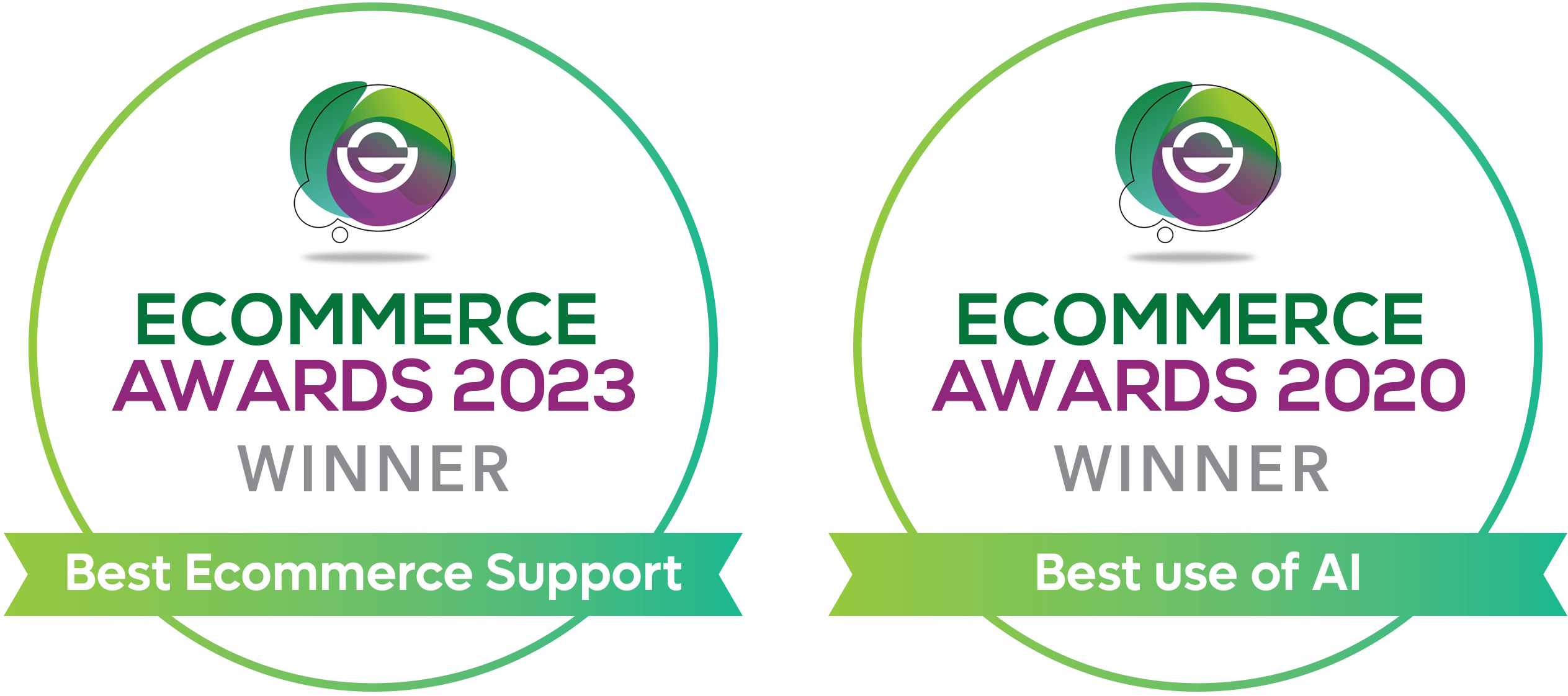Your attribution model is unique – what are the best practices?
‘What attribution model should we use?’ is now a question being asked not just by marketing analysts, but by the CMO and even the CDO, CFO and CEO.
It would be fantastic if there was a simple formula to answer that question but of course, life is never so easy. Here are some simple guidelines you can follow to help you answer this question.
Differences in attribution reflect differences in your business
If your business offers a higher value considered purchase, like a holiday or a financial product, then you should expect a longer more complex research to purchase journey, and therefore a higher value given to the earlier touch points. This means attribution models with longer ‘look back’ windows and rules favouring earlier clicks.
If your product is in an especially competitive market, with lots of similar alternatives available to your customers, then you need to focus on the research and comparison phase, again valuing earlier clicks, and thinking about how to address the cross-device attribution challenge. Users who shop around research on their phones and tablets, and flip through several options, before settling on their final choice. Your product needs to be part of that journey so if you are to have a chance of being selected then leaving it all to the last click is leaving it too late.
If your business relies heavily on repeat custom, then you should attach higher attributed value to new customer acquisition and retention, exploring a cautious application of lifetime value. You cannot assume customers will stay loyal without work, but a repeat purchase is almost always easier and less costly to achieve than the first one.
Do you have a diverse portfolio of different products, targeting different customer needs and with a wide range of price points? In this case, you may need different models for different product categories. It sounds complex, but if you think about it makes no sense to treat the buyer of (say) an expensive hi-fi system the same as the buyer of a replacement phone charger. Different customers also behave in different ways. Customer segmentation should therefore map on to differences in marketing attribution.
Is your market heavily driven by brand perception and do you invest in TV, outdoor or print? In this case, you will need to explore how to link above the line analysis to your digital attribution.
And so, it goes on…. The truth is, each business is unique, with unique complexity around the product offer, their customers, how they engage, and the value of each sale. The only way to address the uniqueness of your business is to develop appropriate unique attribution models.
Incorporate these unique features into your model
Once you accept that your attribution challenge and therefore your attribution model is unique, everything becomes easier. For example, instead of plugging into a standard tag or data collection framework, you can leverage the special and unique features of your data as inputs into your model.
You can structure your attribution model to reflect the different customer journeys that you see for each customer segment and product group. As you learn more and more about your customer journeys, your data-driven modelling can adapt.
At Metageni we believe a customised data-driven approach unique to your business is the only way to get to grips with this complex business challenge and turn it into opportunities to increase marketing efficiencies and grow sales. You will not look back!
Gabriel Hughes PhD
Can we help you with your custom attribution model? We collaborate with our clients’ organisations, helping marketing & data science teams create integrated on & offline investment analytics solutions for optimising sales growth.
Please email us at hello@metageni.com














